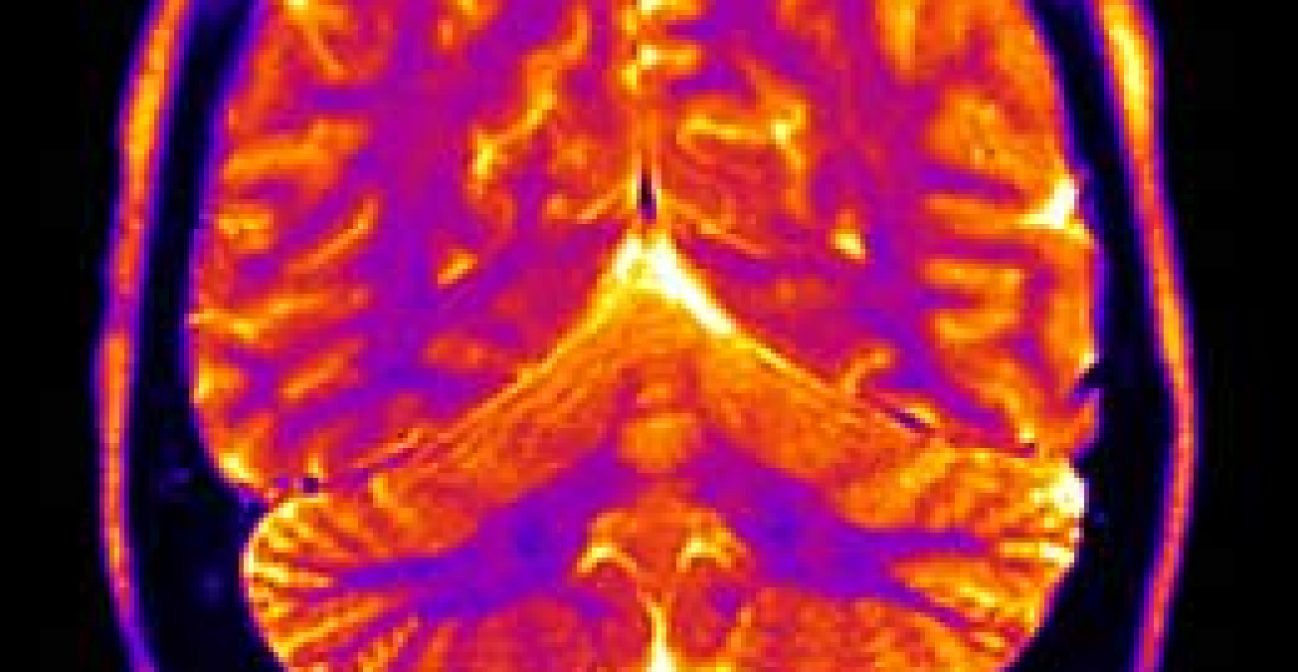Join us for conversations that inspire, recognize, and encourage innovation and best practices in the education profession.
Available on Apple Podcasts, Spotify, Google Podcasts, and more.

A neuron’s electrical activity results in the release of neurotransmitters that account for everything from survival to addiction to learning and memory. This unit explains the basic electrical workings of the neuron and touches on each of these functions, and explores the recent technological advances that allow scientists to study them.
ONLINE TEXTBOOK
The online textbook chapters support and extend the content of each video. The Web version can be viewed as a full chapter or as individual sub-sections, and includes links to glossary terms and other related material.
ANIMATIONS & IMAGES
Explore the archive of animations, images and figures from the videos and online textbook. All of the images can be viewed online or downloaded as jpg files.
EXPERT INTERVIEW TRANSCRIPTS
Read profiles of the expert scientists featured in the video and find the complete transcripts of the interviews conducted for this unit.
Wolfhard Almers, Ph.D.
Fred Gage, Ph.D.
Richard Huganir, Ph.D.
John Williams, Ph.D.
Introduction
The Neuron as a Battery
Voltage-Gated Channels
The Action Potential
Myelin Speeds up Thought
Across the Synapse
Neurotransmitters and Receptors
Neurotransmitters, Psychoactive Drugs, and the Reward Pathway
The Molecular Basis of Learning and Memory
Memory and Hippocampus
Neuronal Stem Cells
Action potential
A nerve impulse; a traveling wave of positive voltage that is propagated along a neuron.
Books
Calvin, W. H. and G. A. Ojemann. 1994. Conversations with Neil’s brain: The neural nature of thought and language. Perseus Publishing.
![]() Building from case examples, a neurobiologist and a neurosurgeon describe the workings of the brain.
Building from case examples, a neurobiologist and a neurosurgeon describe the workings of the brain.
Drickamer, L. C., S. H. Vessy, and E. M. Jakob. 2002. Animal behavior: Mechanisms, ecology, and evolution. 5th ed. McGraw Hill.
![]() A university-level textbook on animal behavior that has an excellent section on the neurobiology of behavior.
A university-level textbook on animal behavior that has an excellent section on the neurobiology of behavior.
Timmons, C. R. and L. W. Hamilton. Drugs, brains & behavior. www.rci.rutgers.edu/~lwh/drugs/.
![]() A short e-book detailing the neuropharmalogical effects of drugs.
A short e-book detailing the neuropharmalogical effects of drugs.
Article
Sullivan, J. M., 2002. Cannabinoid receptors. Curr. Biol. 12:R681.
![]() A short guide to recent research on cannabinoids and their receptors.
A short guide to recent research on cannabinoids and their receptors.